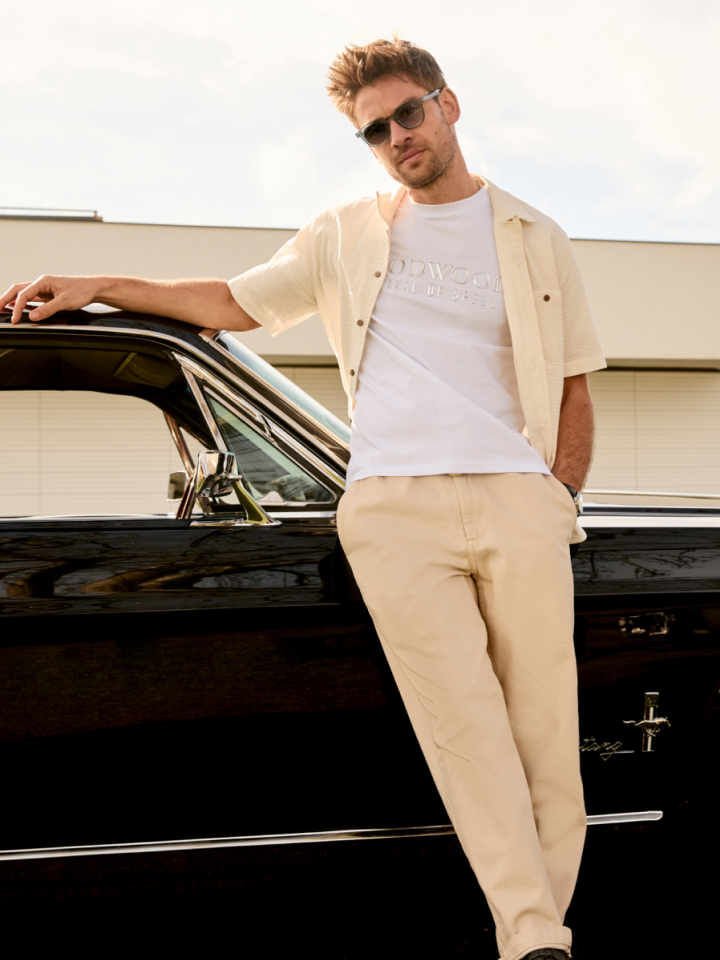How the Boxster saved Porsche | Thank Frankel it’s Friday
 Andrew Frankel
Andrew Frankel
Can the Boxster really be a quarter of a century old? It seems it can. But one of the ways you can tell most easily it really was that long ago was that Porsche bet the farm and its future on a two seat sportscar. Today the very idea of any mainstream company doing anything remotely similar is frankly laughable. They’d do an SUV instead.

But on the Boxster’s sculpted shoulders did indeed depend the future of one of the world’s greatest automotive companies. How so? Because by the mid 1990s, Porsche was on its knees and few were rating its chances of getting back on its feet. Its problems were absolutely fundamental as any look at its 1995 product line-up would show: it had the 911, which was already 32 years old, the 968 which was based on the 20-year-old 924 and youngest of its models, the 928, at a trifling 18 years old. And that was bad. What was worse is that Porsche’s ageing fleet was also costing far too much money to build.
Something needed to be done. So Porsche killed the 928 and 968 and having taken advice from Japanese consultancies on how to build cars and actually make money at the same time, changed its working practices forever. Most significantly, while there would still be three model ranges in future, they’d all be spun off the same platform architecture, a phrase that would have resonated not at all in Stuttgart before this game-changing moment. Even the 911, the most sacrosanct, untouchable sportscar of them all would not be allowed to exempt itself from the arrangement. It was like asking the Queen to doss down in a dormitory with her little sister.
Of course we didn’t know that at the time, though it was speculated. All we knew was that Porsche’s next new car would be this two seat roadster with an appearance that was more than a cap doff to the 550 Spyder of the 1950s and which would share its mid-mounted engine location, applying the configuration to the road car arena for the first time in its history. Which was interesting.
What was even more interesting was that while it would have a flat six engine located behind the driver, it was cooled not by what you breathed, but what you drank. This was a brand new engine with precisely nothing in common with any previous Porsche flat-six and from that even I could surmise what was coming next: a water-cooled 911. It was like the end of the world.
But that was still a couple of years off. For now there was this Boxster to consider and what struck me as strange about it was that while it was not exactly replacing the 968 ClubSport, it had succeeded it as the entry point to the Porsche range, but instead of having a 240PS (177kW), 3.0-litre engine and costing less than £30,000, it had a 201PS (148kW), 2.5-litre engine and cost £34,000. Less, for more in other words. Nor was I too knocked out by its open roof: then as now I prefer all such cars in coupe configuration.

But then I drove it. And this is the point of the story where I tell you I saw the light, all was clear and nothing more evidently so than that Porsche was saved. But it wasn’t like that at all. While others raved about the Boxster, I saw just a rather pudgy looking car with a nice chassis but far too much grip for the available power and an engine whose character could not compare to that of any previous Porsche flat-six.
Thank goodness then, that mine was such a minority voice. And the truth is that while a car like the 968 ClubSport was directly aimed at diehard petrolheads like me, Porsche had realised the world had a far greater supply of fashion victims who perhaps unsurprisingly quite liked the idea of a two seat convertible Porsche in which to hoover up the admiration from the kerbside. For me however I’d have to wait until the turn of the century and the release of the 3.2-litre Boxster S with its 247PS (182kW) engine, sharpened suspension and a six-speed box. That was a Boxster with which I could really get along. Even so, it would be another six years, a full decade after the Boxster’s first introduction, that the car I wanted it to be all along was launched. It had a roof and was called Cayman. And that I loved from the very first time I drove one.
Porsche
Boxster
Thank Frankel it's Friday

Andrew Frankel
A fond look back at the Porsche 930 Turbo – Thank Frankel it’s Friday, Monday special

Andrew Frankel
Thank Frankel it's Friday: racing a Porsche 904 at Le Mans was one of my greatest experiences

News
Laughing around Mallory Park in a MG ZT 260 |Thank Frankel it’s Friday































































